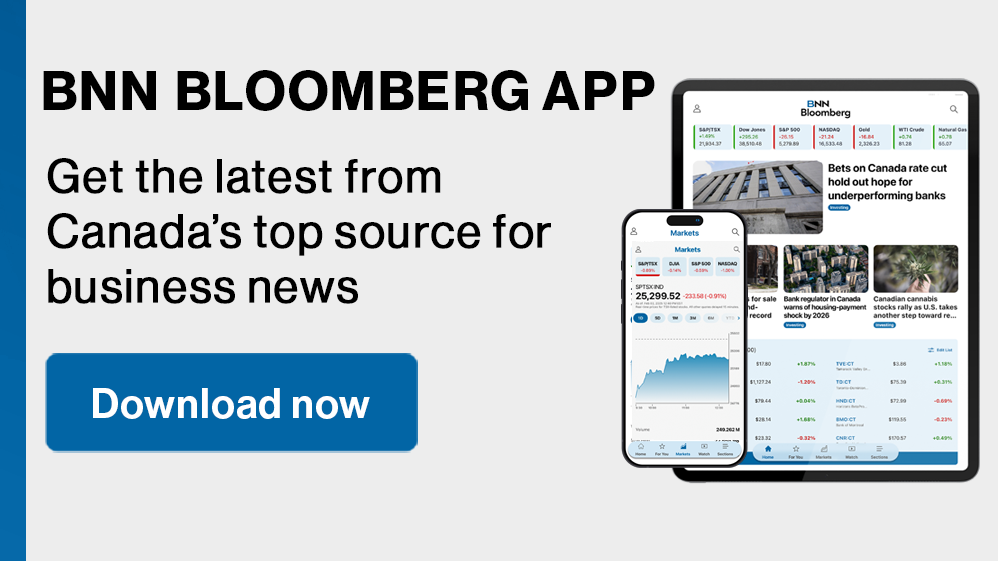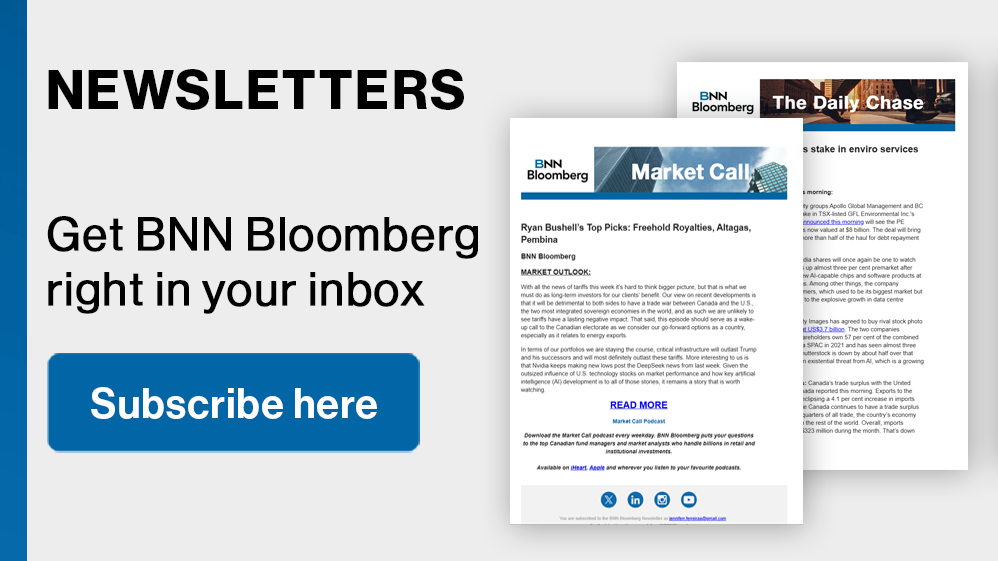(Bloomberg) -- The growing momentum behind portfolio trading is stirring hopes among quantitative investors it will help them finally conquer an asset class that has resisted their methods for years: corporate bonds.
These systematic players, who invest based on rules derived from academic research, say they’re increasingly looking to the method of trading large numbers of bonds in one fell swoop to deploy their strategies in credit.
Major firms including Man Numeric, Robeco and Acadian Asset Management are among those talking up the potential of portfolio trading in the $8 trillion market. The approach makes it easier to execute large portfolio adjustments, and creates liquidity in harder-to-trade bonds by bundling them with more popular ones.
“Portfolio trading is a really important stepping stone to continue us on that trajectory away from less efficient voice execution toward more and more electronic execution,” said Paul Kamenski, co-head of credit at Man Numeric, a quant investment arm of Man Group Plc.
Portfolio trades accounted for a record 9% of US corporate bond volume last year, according to data from Tradeweb Markets Inc.
Going by another measure known as dealer-to-client volume, bulk deals currently make up around 25% of investment-grade credit, according to Barclays Plc estimates. Increased adoption by quants is likely to help push it to more than 30% in the next 18 months, reckons Zornitsa Todorova, the firm’s head of thematic fixed income research.
Todorova expects the coming phase of growth to be buoyed by factor investing in credit. That’s a quant approach which bets on things like popular bonds becoming even more popular in short order, or higher credit quality securities performing better than mid-tier credits.
“The next wave would be when factor strategies enter into the market,” said Todorova. In other words, when quants use portfolio trading “to generate alpha, not just really to clean up risk,” she said.
Factor investing has been common in equities for decades now, but has been slow to catch on in corporate debt. Industry specialists informally polled by Bloomberg estimated $10 billion to $40 billion of ETFs dedicated to credit factor investing, a small slice of the $300 billion of actively managed bond ETFs tracked by Bloomberg Intelligence.
That’s important since portfolio trades are usually underpinned by ETFs, whose mechanism for creating and redeeming shares is perfect for moving assets in bulk. A lack of ETFs means “raw factors are still not that easy to implement,” Man’s Kamenski said.
But with fixed-income ETFs overall now commanding almost $2 trillion in the US, ever-more targeted funds have been launching, slicing and dicing the bond universe based on traits like momentum, valuations and industry sector. For instance, Boston-based money manager Grantham Mayo Van Otterloo filed in October to offer the GMO Systematic Investment Grade Credit ETF, which will invest based on a combination of factors.
Even without factor investing, portfolio trades are helping streamline execution for quants, said Scott Richardson, senior vice president and director of systematic credit at Acadian Asset Management. He said that although rules-based investors make up only 3% of total credit assets relative to actively managed cash right now, “the direction of travel is good.”
“Portfolio trading is part of your toolkit to become excellent in execution,” Richardson said.
Meanwhile, technological advances and the proliferation of trading platforms have helped cut transaction costs in recent years as the market shifts from voice-based trading to electronic orders. That’s been a boon for portfolio traders, who barely existed in credit in 2017.
A few years back, Robeco relied on just one trading venue to handle its portfolio trades. Now the services are provided by the three largest platforms for fixed income. The Dutch quant shop is able to source liquidity from five counterparties and typically conducts at least one portfolio trade a week, according to Patrick Houweling, head of quant fixed income and lead portfolio manager of the firm’s quantitative credit strategies.
“More counterparties are active in this area, and platforms now offer better services and cost estimates,” he said. “We now see sufficient broker responses, suggesting that the infrastructure and participation necessary for growth are in place.”
--With assistance from Katie Greifeld and Athanasios Psarofagis.
©2025 Bloomberg L.P.


